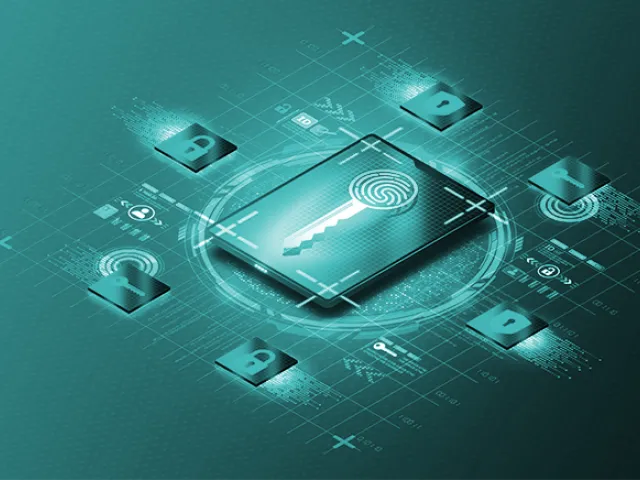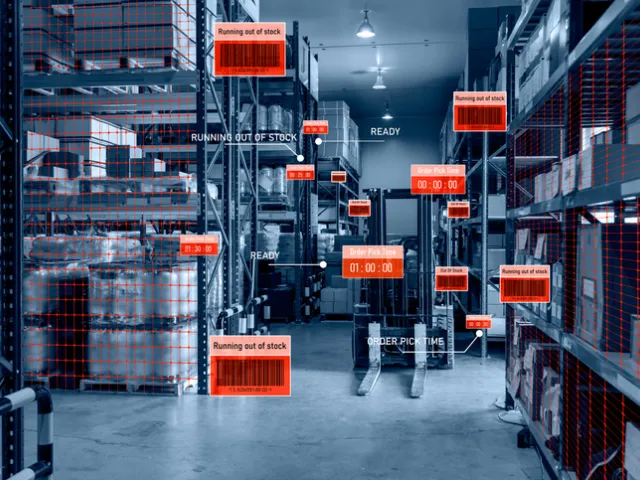Table of contents
Overview
The SOM ESM Receipt transaction is an XML-based message used to confirm the receipt of serialized pharmaceutical products. This transaction provides a digital, auditable record in conjunction with Enterprise Serialization Management (ESM) systems that serialized units have been successfully delivered and accepted at the receiving site, ensuring compliance with DSCSA, global track and trace regulations, and internal SOPs.
The transaction follows TL XML standards and captures key data such as serialized product identifiers, shipment references, and receipt timestamps, enabling downstream systems to verify delivery, update inventory, and maintain traceability. It ensures that serialized products are recorded as received and available for further processing or distribution.
Key Use Cases
- Confirm receipt of serialized products.
- Provide a traceable, auditable record of serialized product delivery.
- Enable downstream inventory updates and reconciliation.
- Comply with DSCSA and global regulatory requirements.
- Support exception handling for overages, shortages, or damaged goods.
- Integrate with ERP, WMS, and serialization repositories.
Data Elements Included
A TL XML – SOM ESM Receipt transaction includes:
- Transaction Type: SOMESMReceipt
- Serialized Product Identifiers (EPCs): SGTINs or SSCCs of the received units.
- Shipment ID: Identifier of the original shipment (e.g., ASN or delivery number).
- Sales Order Reference: Link to the originating sales order.
- Receipt Timestamp: Date and time the serialized units were received.
- Read Point: Physical or system location where the receipt was captured.
- Business Location: GLN or internal site code of the receiving facility.
- Disposition: Typically "received" or "available" to indicate successful delivery.
- Transaction ID (optional): Unique ID for audit and reconciliation.
- Digital Signature (optional): Ensures data integrity and compliance.
- Comments or Notes (optional): Free-text for exceptions or inspection outcomes.
Benefits of TL XML – SOM ESM Receipt
- Confirms delivery of serialized shipments.
- Enables compliance with DSCSA and global track and trace regulations.
- Supports full traceability and audit readiness.
- Automates inventory updates and receipt processing.
- Reduces manual errors and improves downstream accuracy.
Business Process: TL XML – SOM ESM Receipt
The SOM ESM Receipt transaction supports critical business workflows:
- Order Management & Fulfillment: Confirms receipt of serialized products against sales orders.
- Inventory Management: Updates inventory with verified serialized units.
- Product Serialization & Traceability: Captures receipt events to maintain chain of custody.
- Track & Trace & Government Compliance: Supports DSCSA and global track and trace compliance through verifiable receipt records.
- Returns & Reverse Logistics: Enables return eligibility by confirming receipt.
- Financial Reconciliation & Chargebacks: Provides data for invoice matching and dispute resolution.
How TraceLink Supports TL XML – SOM ESM Receipt
TraceLink’s OPUS Platform, powered by B2N Integrate-Once™, enables secure and compliant receipt processing by:
- Capturing serialized receipt events from ESM, ERP, or WMS systems.
- Validating receipt data against shipments.
- Automatically updating inventory and downstream systems.
- Logging all receipt transactions for traceability and audit readiness.
- Supporting exception handling for damaged, missing, or excess units.
- Ensuring secure communication with optional digital signatures.
Explore More Serialization & Compliance Capabilities
- TL XML – SOM ESM Sales Shipment: Record serialized product shipments.
- TL XML – SOM Product Release: Digitally authorize product movement.
- TL XML – SOM Market Release: Approve distribution into specific countries.
- EPCIS 1.2 – SOM ESM Decommission: Deactivate serialized units flagged for removal.
Need Help Implementing TL XML Transactions?
Contact Us to learn how our OPUS Platform and B2N Integrate-Once™ model can help you automate serialized product receipt, ensure global compliance, and enable secure, interoperable data exchange across your life sciences and healthcare supply chain.








